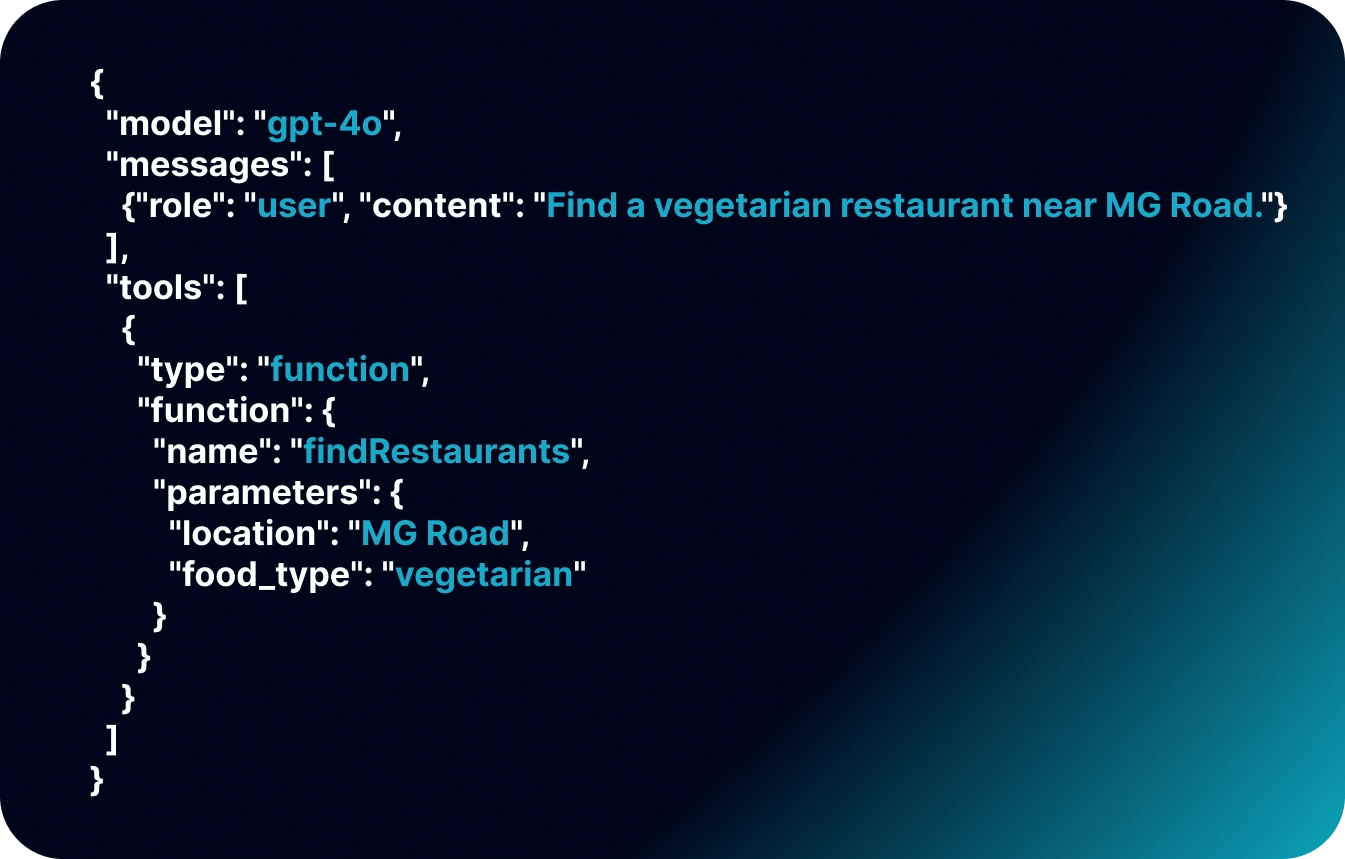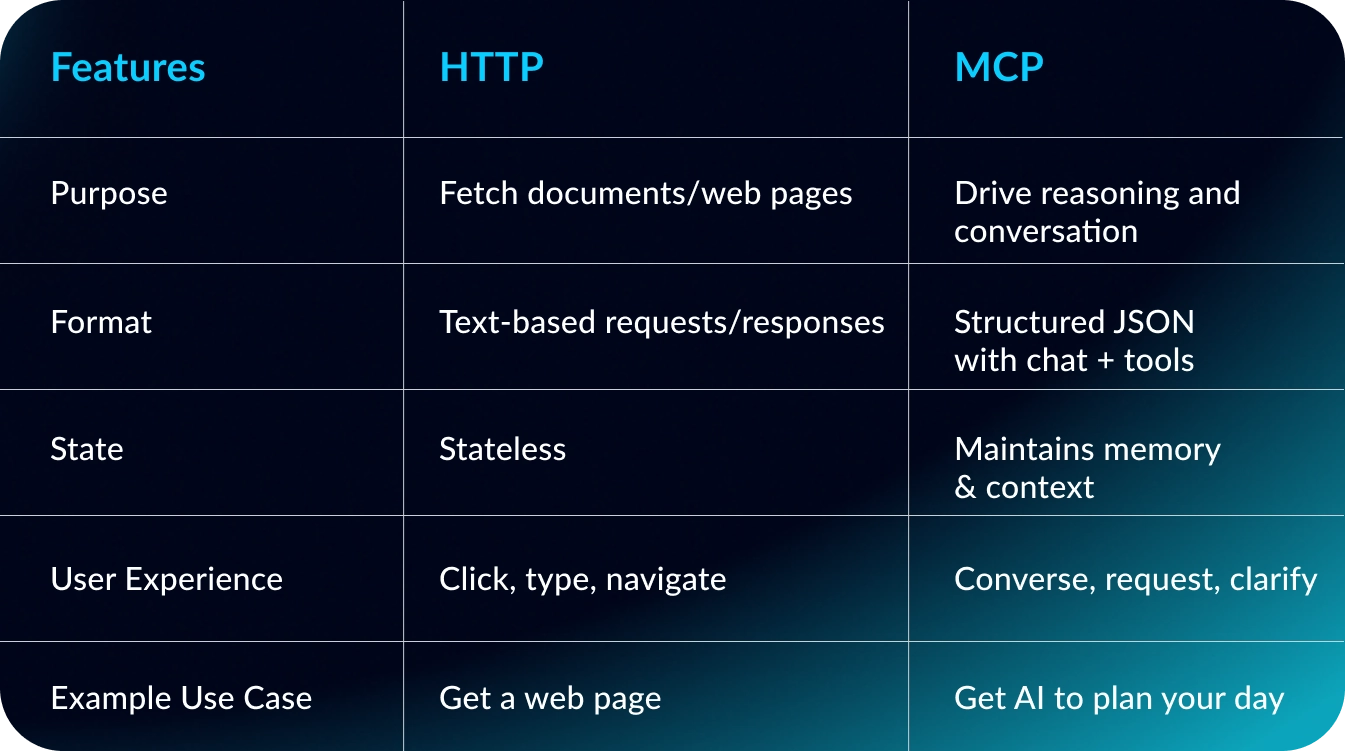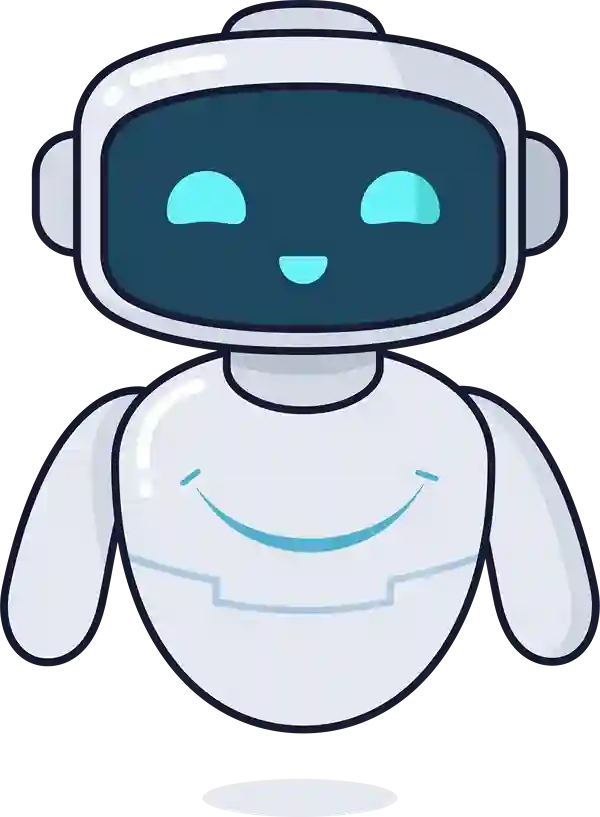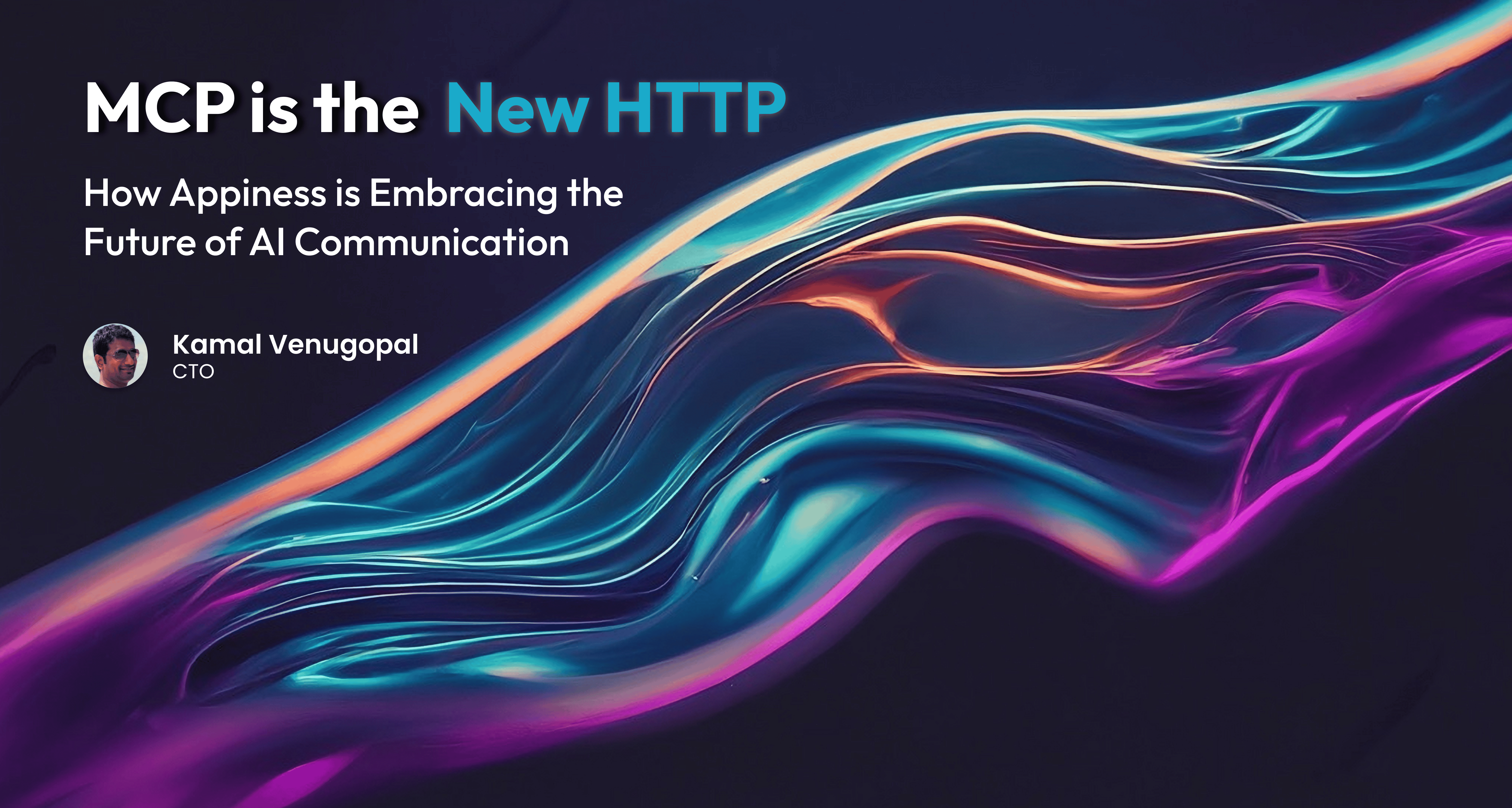Table of Content
Why Is MCP Necessary for the World?
Consider a travel app developed by one of our clients that makes use of Appiness' AI capabilities. "Book me a flight to Goa next Friday evening, under ₹5,000," a user writes. Yes, this can be sent to a backend server via a standard HTTP request. However, AI excels at comprehending the intent, looking through several flight databases, sifting through options, and verifying with the user. At that point, MCP becomes essential.
What is MCP exactly?
Leading AI platforms like OpenAI, Anthropic, and Google have adopted MCP as a design pattern rather than merely a technical specification. It gives applications communication with a language model structure, enhancing and deepening interactions.
This is what MCP entails:
- Chat history to monitor the exchange
- To select the best AI engine, use the model specification
- Additional tools or features that the AI can use to retrieve data in real time or carry out tasks
- A coordinated reaction that blends tool outputs and AI insights
Such capabilities mark a strong transition in model communication protocol frameworks, distinguishing MCP from traditional methods.
For example, a simple MCP request might look like this:

The AI understands the request, calls the restaurant-finding function, and replies conversationally — just like a helpful assistant.
How MCP Differs from HTTP — And Why It Matters to Us

At Appiness, we use MCP to create AI-driven solutions that comprehend, reason, and help rather than just react. MCP is the engine that powers these capabilities, whether it's real-time user experience personalisation or intelligent chatbots that automate customer support.
An Easy Comparison: Placing a Food Order
Consider HTTP as ordering from a set menu, where you select a dish and receive it.
MCP is more akin to saying to a waiter,
"I'd like something quick, vegetarian, and spicy." What would you suggest?
After listening and consulting with the kitchen, the waiter recommends the ideal dish, which could be a spicy paneer wrap. That's how MCP-powered AI models work: they comprehend your needs, weigh your options, and provide results that are specifically tailored to you.This perfectly captures the contrast in the HTTP vs. MCP experience, where MCP behaves more intuitively like a human assistant.
Why MCP Is the Future and How Appiness Is Adapting to It
The demand for natural, stateful, and tool-augmented interactions will only increase as AI-first applications become more commonplace. From AI-powered analytics platforms to intelligent virtual assistants, Appiness is already incorporating MCP principles into its offerings. With this strategy, we can create more intelligent and responsive apps that improve user experiences and spur company expansion
MCP is ushering in a new era of intelligent, conversational interfaces, much like HTTP opened up the web. This shift is one of the clearest examples of HTTP vs. MCP change as a model communication protocol standard.
MCP is more than just a protocol. We at Appiness are proud to be fluent in this new language of human-computer interaction.





